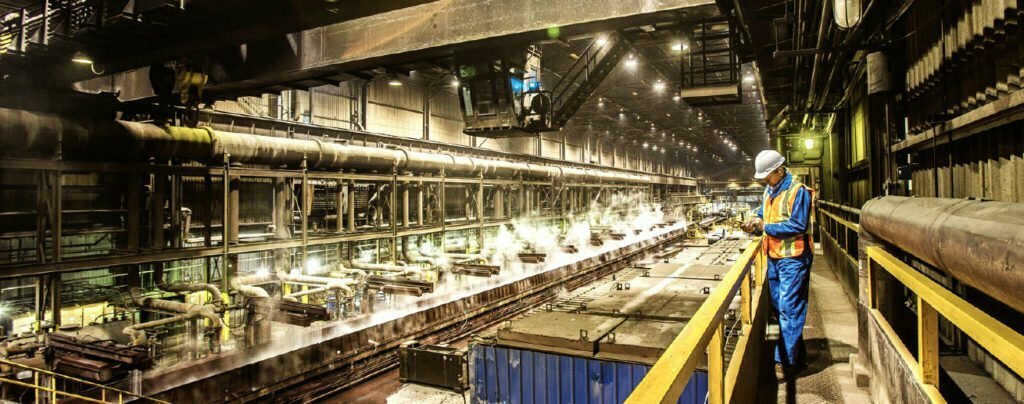Glencore Mining Embraces Digital Transformation
June 18, 2020

The Global Leader Is Leveraging Instant Connect to Enhance Worker Safety and Productivity
 To address the inherent limitations of conventional radio communications at one of its mine located north of the Arctic Circle, Glencore Mining has partnered with Instant Connect, Cisco, and mobile network operator Ambra to digitally transform how miners communicate and collaborate.
To address the inherent limitations of conventional radio communications at one of its mine located north of the Arctic Circle, Glencore Mining has partnered with Instant Connect, Cisco, and mobile network operator Ambra to digitally transform how miners communicate and collaborate.
Glencore’s previous analog communications environment could only be accessed by radios close to the actual network. With communications now conducted over the IP network, miners can be reached from anywhere in the world. The new LTE network supports real-time situational awareness with data, video, and voice for better decision-making and improved worker safety, including biometric sensors to monitor in real time what is going on in the mine—and with each miner.
Read the full case study